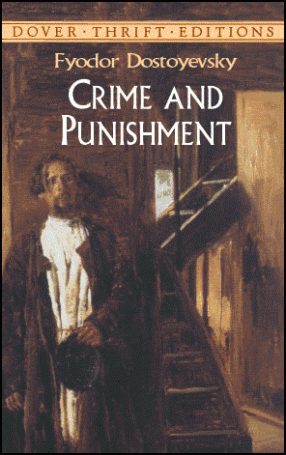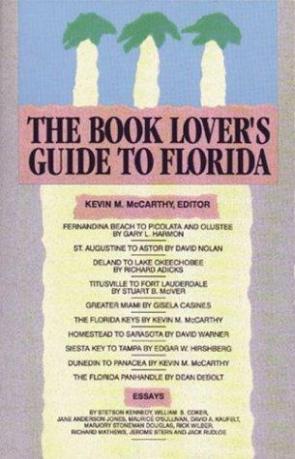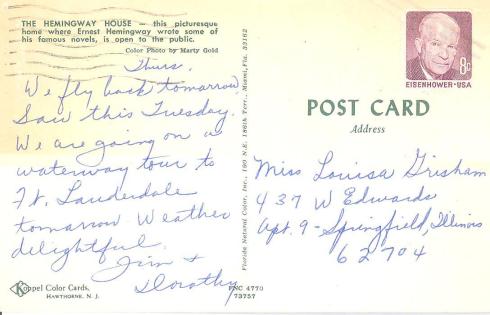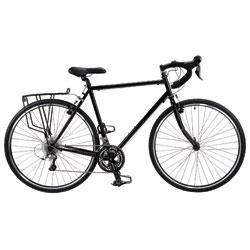I assume there has to be some basic level of fitness required to have an enjoyable time on the Bicycle Ride Across Georgia, so I’ve been doing a little cross training, beyond my usual long walks while listening to the Five Hundy By Midnight podcast.
That said, let me go ahead and admit something else aloud for the first time ever:
I hate running.
Hate it.
I’m not sure where the love affair ended, but running was pretty much the only exercise I got during my college years. One day I just decided I didn’t like it anymore. Yes, I’ll still do the occasional 5k if it’s a social event or if I have an affinity for the charity (I’m still on the Crohns and Colitis Foundation mailing list from a 5k I ran in 1992), but as far as going out and running, it just feels torturous to me. And I’m too old to torture myself.
The problem is that my old high school buddy Matthew is an avid runner. Since he recently got into biking (and has done some rides with me), I think it’s only fair that I do some runs with him. And this is why we signed up for the Chilly Willy Duathlon.
The event was torture. Even the biking portion wasn’t fun because I had the major jelly legs after completing the first running segment. In fact, I practically had to crawl out of the transition zone, an experience not captured, luckily, by the ever-present event photographers. (There were other incidents as well, like me somehow running off course and having to be directed back on course by Matthew’s attentive wife.) The second running segment was simply heartbreaking, and I’m blaming that not on my level of fitness, but on the fact that the run was on sand on the beach. Inhumane. Absolutely inhumane.
The day wasn’t without enjoyment, of course. The event took place at the unbelievably beautiful Fort Desoto Park near Tampa, Florida, and we decided to camp at the park over the weekend. Even though it was February and the event was billed as “Chilly Willy,” the weather couldn’t have been better, with highs in the mid-70s and a light wind and this cumulus clouds you see in cartoon pictures. The event was also well-organized, and the race t-shirts were pretty swanky. Oh, and they had strawberry shortcake at the finish line. Plenty of it.
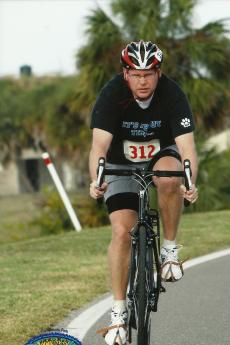 The only bike in the field with fenders
The only bike in the field with fenders
Of course, the day also had its humor. I always get a kick out of those not-so-sexy compression socks that triathletes and duathletes wear. Heck, the triathletes and duathletes themselves are fun to look at, with their body fat percentages of 0.02% and their shaved legs. There was also the 92-year-old entrant, the oldest triathlete in the state of Florida, who crossed the finish line looking better than I did.
Finished strong. Then I puked.
But I survived. Yes, I got a nasty case of retrocalcaneal bursitis that kept me from running again for two months (Yes!), but I crossed the finish line in style, sporting the patented Alberto Contador finger-bang pose. Matthew beat me by at least 15 minutes.
Bicycle Ride Across Georgia, here I come.
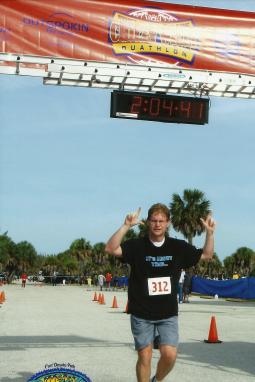




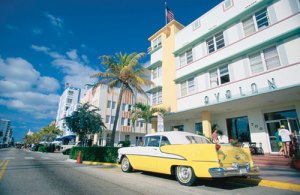
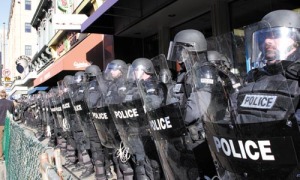 The Rest of Miami
The Rest of Miami